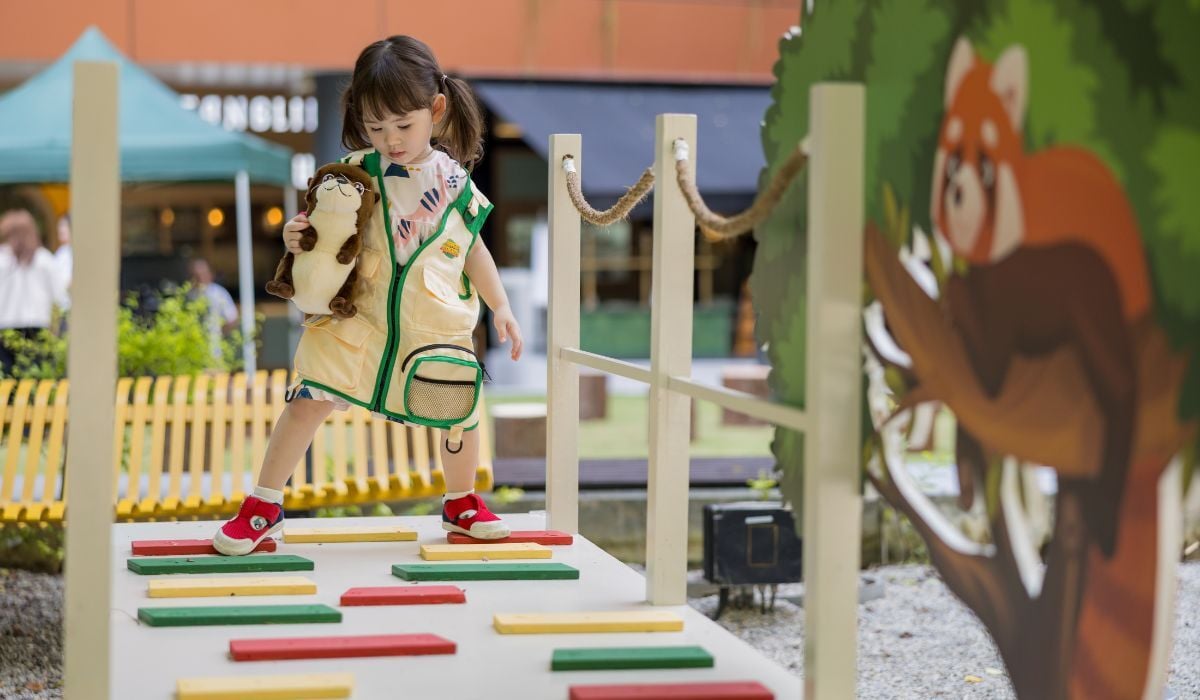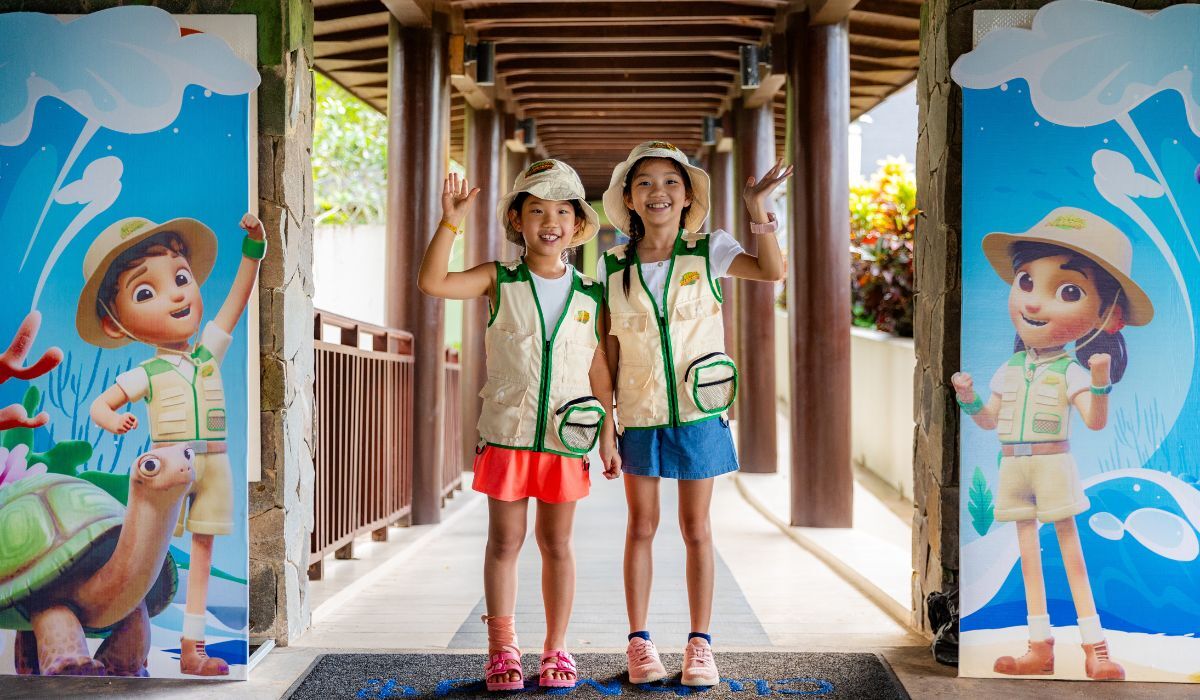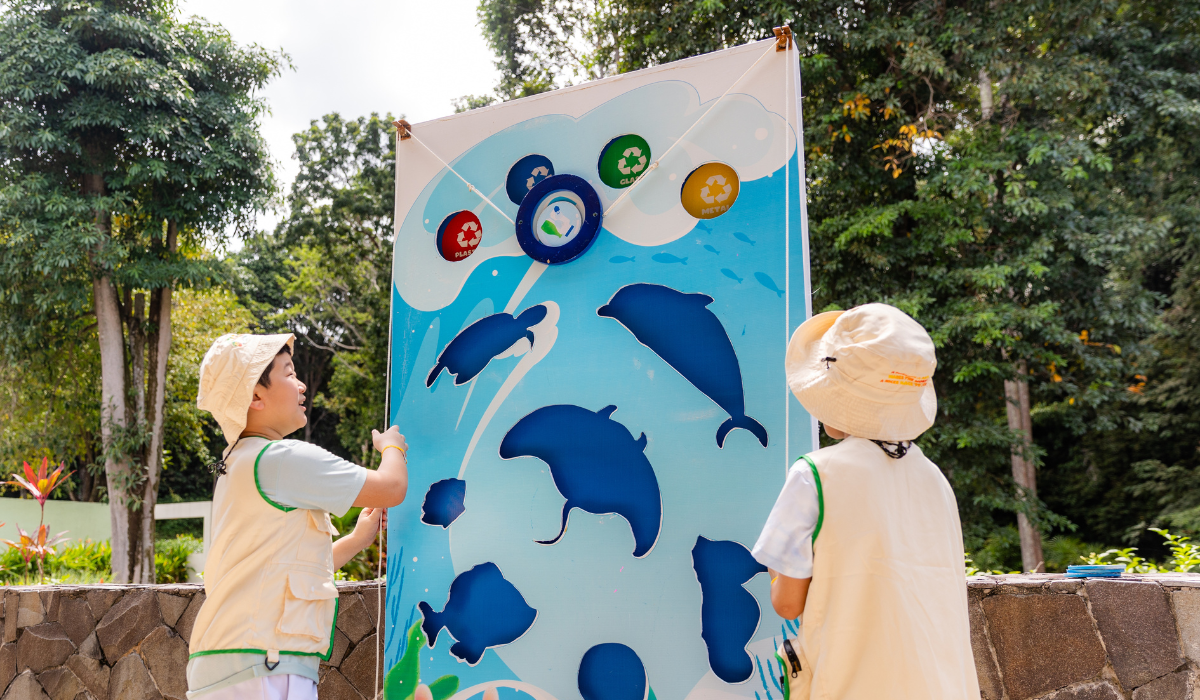Building a goal-oriented mindset: 7 tips for developing grit and optimism
Nurturing your child to embrace a goal-oriented mindset sets them up for success in life.
Have you ever watched your child struggle with motivation? Maybe they get frustrated with homework, give up easily on challenges, or just don’t seem to have a sense of direction.
The good news is that teaching kids how to set and achieve goals can turn this around. When children learn to set the right kind of goals, and stick with them, they develop grit, optimism and confidence. These skills don’t just help them in school; they set the foundation for success in life.
This article will walk you through seven practical, research-backed strategies to help your child build a goal-oriented mindset – one that fosters resilience, determination and a can-do attitude.
1. Teach Your Child About SMART Goals
If you’ve ever heard of SMART goals – Specific, Measurable, Achievable, Relevant and Time-bound – you probably think of them as a tool for businesses or self-improvement. But they work wonders for kids too! Studies by Locke & Latham[1] show that clear, structured goals significantly improve motivation and performance.
Imagine your child saying, “I want to be better at math.” That’s a great aspiration, but it’s too vague. Now, if they say, “I want to improve my math grade from a B to an A by practising for 20 minutes every day,” that’s a SMART goal. It’s clear, specific, measurable and structured – it has a clear plan.
How to Help:
- Break big goals into smaller steps: If your child wants to read a book, help them set a goal of reading 10 pages a day.
- Make it fun! Use sticker charts, goal journals or even friendly competition to keep them engaged.
- Keep it age-appropriate: Younger kids may need simpler, more immediate goals, like finishing a puzzle or learning to tie their shoes.
The Parent Trap: Don’t set the bar too high. If goals feel overwhelming, your child may give up before they even start. Start small and build confidence.
2. Foster a Growth Mindset
How you praise your child matters. Research by Carol Dweck[2] shows that when kids are praised for effort (e.g., “I love how hard you worked on that”), they become more resilient and that means they are more likely to stick to plans and achieve their goals. However, when they are praised for talent (“You’re so smart!”), they start to believe that ability is fixed, goals therefore become meaningless, and they end up fearing failure.
How to Help:
- Talk about challenges as learning opportunities: If your child struggles with spelling, instead of saying, “Maybe spelling isn’t your thing,” try saying, “Spelling is tricky, but the more you practise, the easier it gets.”
- Share your own struggles and how you overcame them: Kids need to see that even adults don’t get everything right the first time!
The Parent Trap: Avoid labels like “You’re a natural!” or “You’re just not good at math.” These send the message that ability is something you either have or don’t, which simply isn’t true.
3. Encourage Journalling for Reflection
Journalling isn’t just for adults. It’s a fantastic tool for kids too. Writing (or drawing) about their progress helps them see how far they’ve come, recognise their strengths and stay motivated. Studies by psychologist James Pennebaker[3] show that expressive writing improves emotional well-being and resilience.
How to Help:
- Younger kids? Try a “goal picture book” where they draw their progress.
- Older kids? Encourage them to write about their goals, challenges and achievements.
- Make it a family habit: Keep a journal yourself and share your reflections with your child.
The Parent Trap: If you don’t model this behaviour yourself, your child might not take it seriously. Show them how reflection helps you stay on track with your goals.
4. Model Grit in Problem-solving
Setbacks can derail progress towards achieving goals. How you handle setbacks matters. Your child will learn how to handle setbacks by watching how you handle them. If you get frustrated and quit when something gets hard, they’ll likely do the same. Bandura’s Social Learning Theory[4] emphasises that kids learn by observing adult behaviours, especially when it comes to perseverance.
How to Help:
- Get them to self-reflect: When your child faces a challenge, ask, “What do you think we can try next?”
- Get them to think differently: Show them different problem-solving strategies instead of giving them the answer.
- Be a role model they can trust: Let them see you struggle and push through challenges in your own life. Have them see that struggling doesn’t mean they are failing. Everyone goes through it.
The Parent Trap: Resist the urge to “fix” things too quickly. If you always jump in with solutions, your child won’t learn how to work through problems themselves.
5. Celebrate Milestones, Not Just Outcomes
If you only reward your child when they achieve the final goal, they may feel discouraged when progress is slow. Instead, celebrate the journey, not just the destination. Skinner’s work on positive reinforcement in education[5] shows that rewarding effort strengthens perseverance.
How to Help:
- Acknowledge the effort: Instead of saying, “Great job getting an A!” try, “I love how much effort you put into studying for that test!”
- Recognise small wins: Congratulate your child for sticking to a practice schedule or improving a little bit at a time.
The Parent Trap: Don’t tie praise and rewards only to final outcomes (like grades or trophies). Recognising consistent effort builds long-term motivation.
6. Teach Visualisation Techniques
Visualisation helps kids believe in their ability to succeed. Top athletes and performers use this technique, and you may be surprised to know that it works amazingly for kids too. As Dr Dev Roychowdhury[6] states about visualisation in sports and exercise, visualisation allows individuals to mentally rehearse and experience success before it actually happens. By vividly imagining themselves executing flawless movements, achieving their goals and overcoming challenges, they create a mental blueprint that can positively influence their actual performance.
How to Help:
- Create a mental picture: Ask your child to close their eyes and picture themselves reaching their goal.
- Encourage vision boards: Get your child to create a board with pictures and drawings of what they’re working towards.
The Parent Trap: Don’t assume that telling your child to achieve a goal is enough. They need to see the goal accomplished in their mind first.
7. Build Optimism Through Gratitude
Optimism is the belief that good things are possible, even in the face of challenges, and one of the best ways to cultivate it in your child is through gratitude. Emmons & McCullough’s studies[7] show that gratitude fosters happiness and resilience. Gratitude helps kids focus on the positive aspects of their lives rather than dwelling on setbacks. By recognising small wins, appreciating support from others and valuing progress over perfection, your child will develop grit and confidence. Practising gratitude regularly will shift a child's perspective, helping them view setbacks as learning opportunities rather than failures.
How to Help:
- Make it a nightly practice: Every night, ask your child to list one thing they’re grateful for that’s related to their goals.
- Make it a sharing activity: Share your own gratitude list with them to show it’s a habit worth keeping.
The Parent Trap: If you don’t express gratitude yourself, your child is unlikely to see the value of doing so too.
When teaching your child how to set and achieve goals, remember that it is about celebrating the journey not the destination. It’s not just about getting things done, but rather teaching your child how to persevere, stay optimistic and believe in themselves.
Try putting these tips into action and see what your child can achieve!
REVIEWED BY DR JACQUELINE CHUNG
[1] Locke, E. A., & Latham, G. P. (1990). A theory of goal setting and task performance. Prentice-Hall.
[2] Dweck, C. S. (2006). Mindset: The new psychology of success. Random House.
[3] Pennebaker, J. W. (2018). Expressive writing in psychological science. Perspectives on Psychological Science, 13(2), 226–229. https://doi.org/10.1177/1745691617707315
[4] Bandura, A. (1977). Social learning theory. Prentice-Hall.
[5] Skinner, B. F. (1953). Science and human behavior. Free Press.
[6] Roychowdhury, D. (2023, May 27). The power of visualization: Enhancing performance in sport and exercise. https://www.drdevroy.com/visualization-in-sport-and-exercise/
[7] Emmons, R. A., & McCullough, M. E. (2004). The psychology of gratitude. Oxford University Press.



